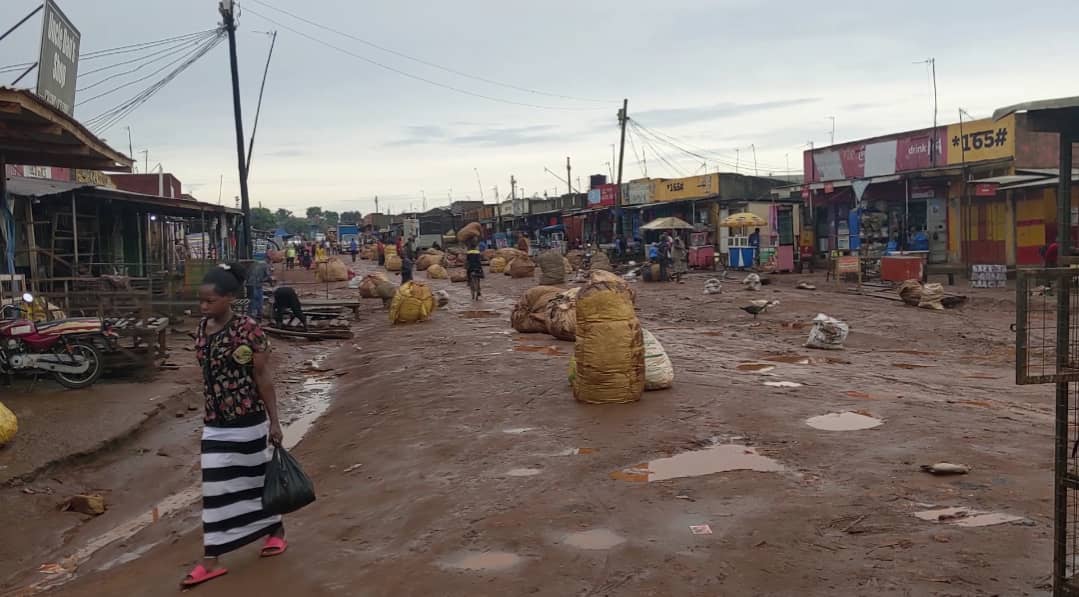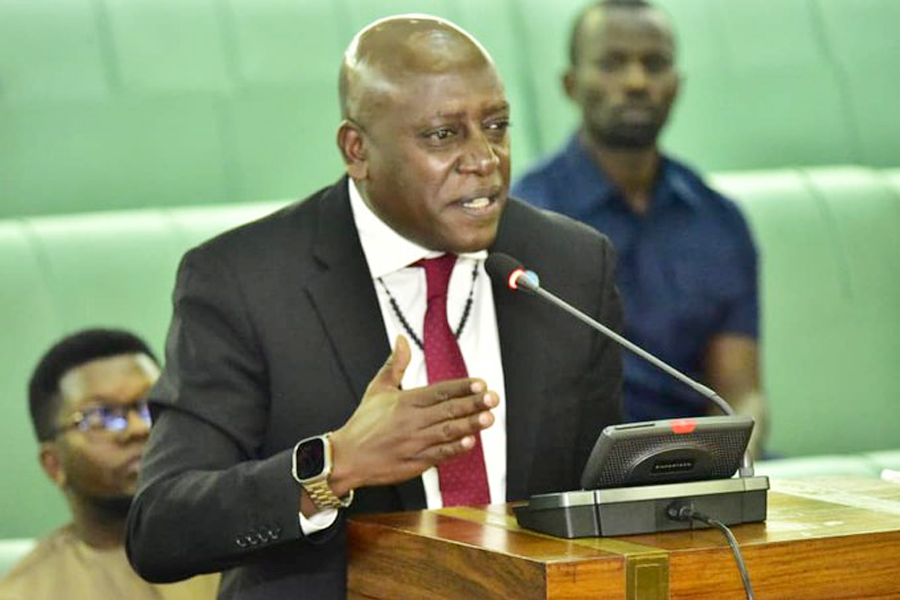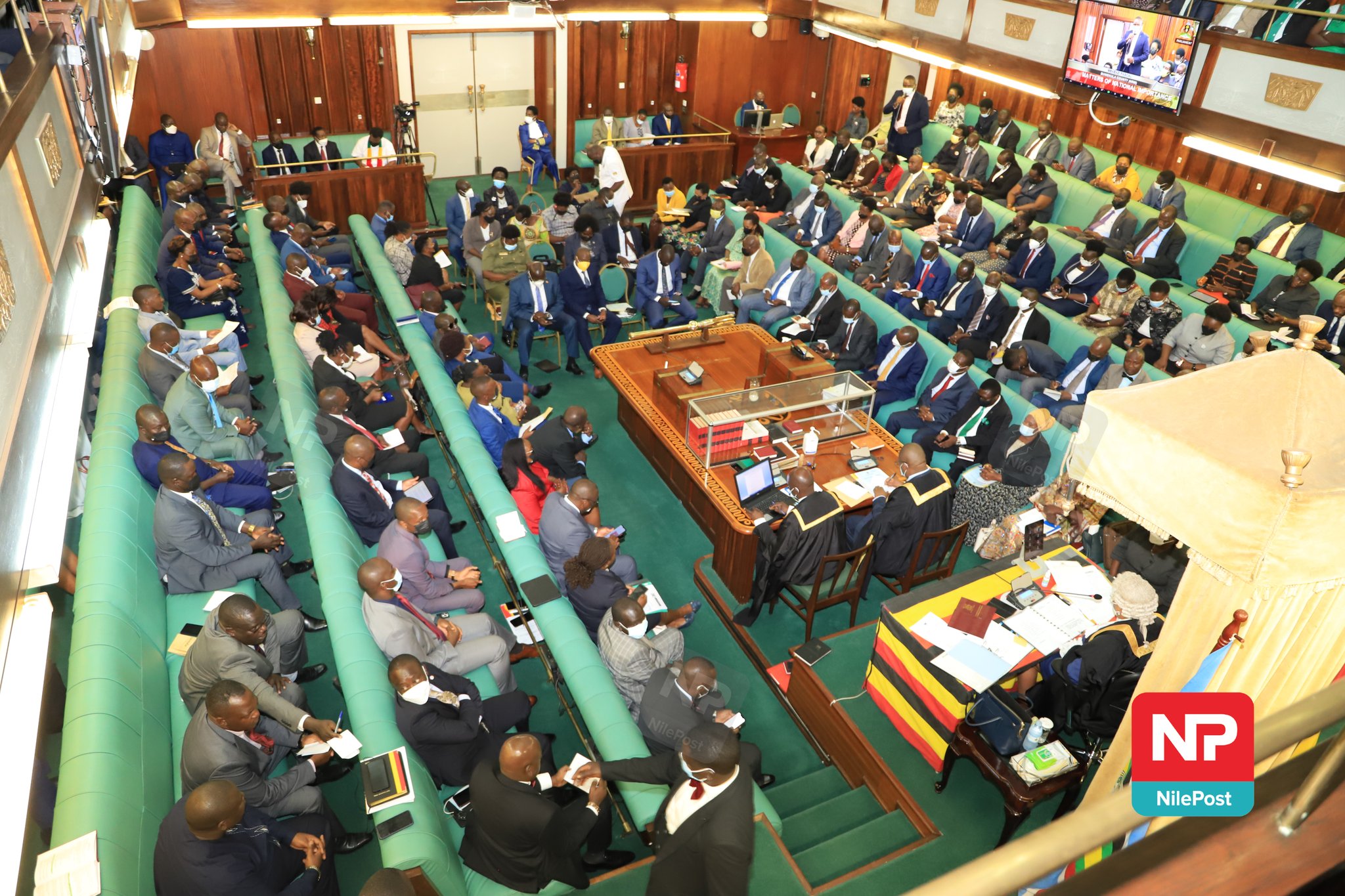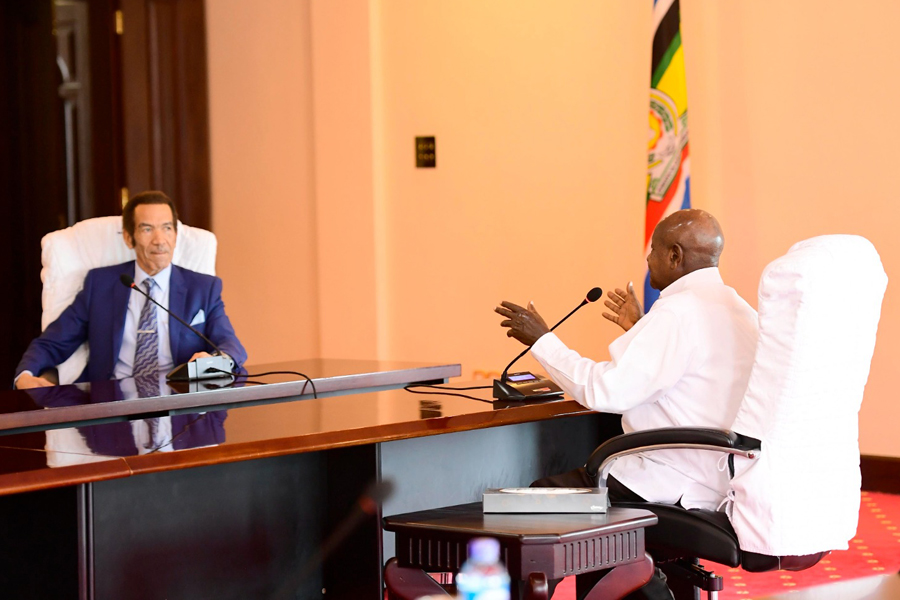Understanding the Impossible Trinity in Economic Management and its Relevance to the Current Ugandan Economy
As the Christian faith is built on the trinity- God the Father, God the son and God the Holy Spirit, economics is built on what is known as the impossible trinity- the trilemma.
The trilemma comprises three fundamental economic elements which have to be balanced in order for an economy to achieve what we call a “Bill of health”. The trinity comprises:
Keep Reading
1) Exchange rate (the cost in domestic currencies of one unit of hard currency usually USD 1). Currently, the cost of USD 1 is equal to UGX 3650. As of January 2015, USD 1 was equivalent to UGX 2855, indicating a loss in value or depreciation of 27.8%.
What are the determinants of exchange rate?
Just like any other commodity, the price of a hard currency in terms of domestic currency units is determined by the market forces of demand and supply. The more the availability of USD, in an economy such as Uganda, the less the cost of USD, and vice- varsa. Therefore, the most vivid explanation for the depreciation of the Uganda shilling over the last months is lack of USD inflows. The major reason for this minimal inflow is the low export sector performance. The country earns less in export receipts than we spend in import invoices. This is what we call negative trade balance, the negative trade balance affects what is technically called the current account which is part of the balance of payments (BoP).
The empirical interpretation of negative trade balance is that more United States Dollars flow out of the country, hence, depreciation of the shilling, since the country will still need the same or even increasing quantity of imports which have to be purchased in USD. The most effective solution in such circumstances is “import substitution”, which effectively means drastic reduction of imports while enhancing domestic manufacturing. This was the path adopted by many countries that have recently transformed their economies particularly the East Asia Tigers. In Ugandas’ case, this is where the Buy Uganda Build Uganda (BUBU) as an economic policy comes in. BUBU focuses on ensuring the increase in demand for goods manufactured here in Uganda which if effected would essentially mean less USD outflow, hence, appreciation of UGX. However, successful BUBU would require two fundamental elements namely: i) Drastic reduction in cost of doing business-affordable electricity, improved transport infrastructure as well as wide spread mindset change for “Love of one’s” country and her products. This is important because attitude is a critical determinant of demand in perfect market structures that are highly competitive. Ii) Improved quality of domestically manufactured products.
2) Interest Rate (the cost of purchasing loans from financial institutions)
Currently, interest rates range between 22%-24% in most commercial banks. Just as earlier explained, the price of loans will depend on the forces of demand and supply of money in an economy. The more the availability of money in financial institutions, the less the interest rate and vice-versa. For example, in China, average interest rate is below 1%, UK 1.5%, USA 3%, Rwanda 16%, South Africa 10% and Kenya 14.5%. Actually for Kenya, the government had to intervene and legislate through Parliament, the interest rate charged by commercial banks. How did the Kenyan Parliament determine interest rate? Parliament in Kenya enacted a law “that interest rate from banks must not exceed 4 percentage points above the CBR”-Rate at which Kenyan Central Bank charges commercial banks in case they (Commercial Banks) borrow from the Central Bank.
It is important to note that that the higher the interest rate, the lower the level of economic activity as many businesses fear the risk of high cost of borrowing with prospects of low profit margins. This situation negatively affects velocity of money-the speed at which money exchanges hands and subsequently contracts money available in the economy, with negative impact on economic growth rate-rate at which a country increases her aggregate wealth. A country with declining growth rate is not a good attraction for investors, which negatively affects foreign exchange inflows. There are many interventions for lowering interest rates but the main one is to enhance what we call financial depth. How is financial depth derived? Financial depth is a derivative of improved savings; Ugandans’ currently have a low saving culture. The rate of saving to GDP is a paltry 13%, which literally means that majority of the people live from “hand-to-mouth”. Actually, you find that a significant number lives in a vicious cycle of debt. One contracts a debt to pay the previous creditors and this goes on and on. Borrowing may not be entirely wrong, but if you borrow for consumptive items, then you are worsening your financial vulnerability.
Furthermore, one needs to apply “Pecking Order” and assess the relative cost of borrowing in accordance to source and decide where you can borrow most cheaply.
3) Inflation Rate (the general rise in the prices of goods and services in the country).
The high cost of doing business through high interest rates, low export sector performance and high import invoices, contracts economic activity, which implies low production of goods and services. The low production results in limited supply of goods, hence, given the constant or even increasing demand of the same goods and services, prices of such goods and services are forced to rise. The only robust solution for controlling inflation is to address the very cause, which is low production and low supply of goods on the market. Like in Ugandans’ case where there are already high import invoices relative to export receipts, the only solution would be enhancing local manufacturing. As can be appreciated, there are many other causes of inflation such as supply side constraints- drought, wars and conflict as well as imported inflation through high prices of fuel products. However, it is pertinent to note that increased production and supply of goods particularly through domestic manufacturing is a panacea for controlling inflation.
The actual trilemma is that in order to control inflation, many governments would institute a contractionary monetary policy which embodies reducing money supply for example through instruments that would in turn result in raising interest rates, yet such a move would repel prospective entrepreneurs from borrowing which action further reduces economic activity, hence negatively affecting production and supply of goods which can result into inflation. Similarly, Reducing interest rates without commensurate increase in investment and production would result in increased money supply which would also result in hyper inflation.
Prof. Augustus Nuwagaba (PhD)



















